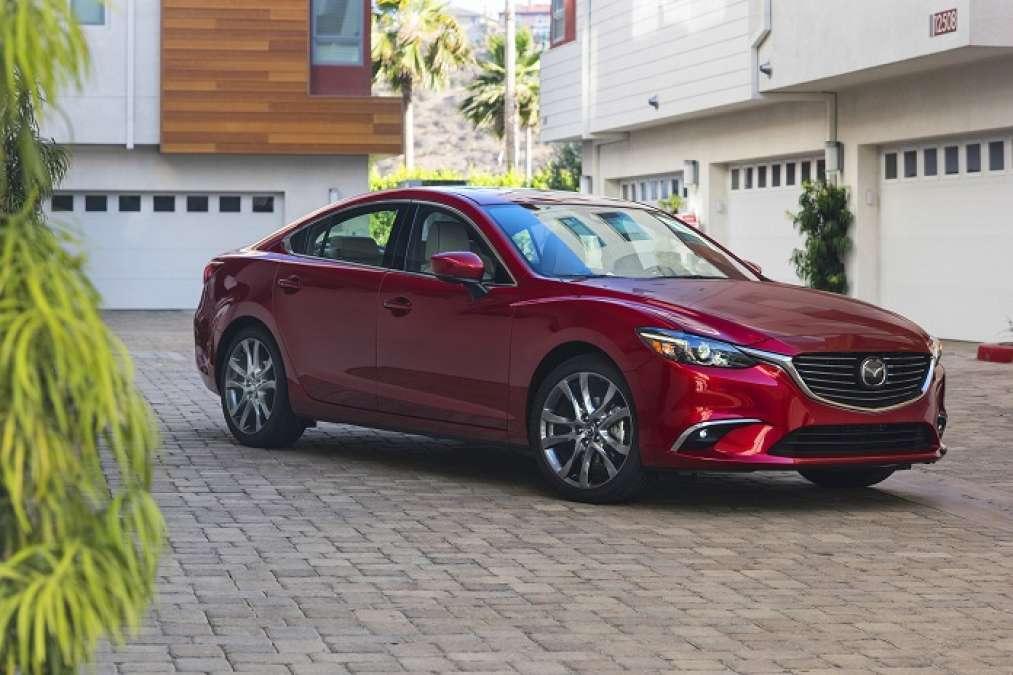Both companies are airing spots in which real people, who we’re assured via fine print are “real people, not actors” (quick aside: Aren’t actors real, living people, too? Maybe we need to find a better phrase for “real people.”), are put in a room with debadged and/or camouflaged cars. These fine folks hear all about the available features, and maybe even take a test drive. They’re asked what brand car they think they’re seeing, and then, at the end, they’re told that the car in front of them is actually built and sold by a “value” or “mainstream” automaker.
Real People, Not Actors
There are other variations on these ads, of course. But what’s interesting is that Mazda has picked up the habit after seeing Chevy got mocked mercilessly for a while now.
A Forbes contributor suggest that Mazda is doing this because like Chevy, it’s a brand that’s not perceived as upscale, despite having product that is actually good. I say the writer has a point – Chevy and Mazda products of recent vintage have both been mostly well-received by the press but both brands are haunted by past reputations for poor product and/or quality.
Mazda, of course, is a much smaller brand than Chevrolet, and it doesn’t have the bigger brand’s American heritage. Mazda has built its recent reputation by building fun-to-drive “driver’s cars” while also touting fuel economy. But some buyers probably still think of the cheap econocars that the company built in the ’80s.
Moving Away from Zoom-Zoom?
So Mazda’s new ads have set out to change that, especially since the company’s “zoom-zoom” motto may seem too sports-car focused for some.
It will be interesting to see if Mazda’s ads can attract more buyers to the brand – and do so without launching a thousand YouTube send-ups.





